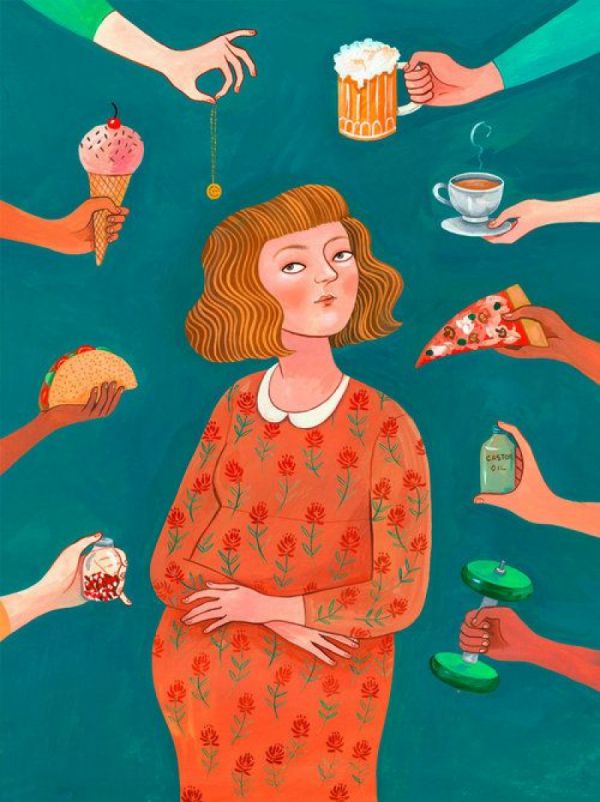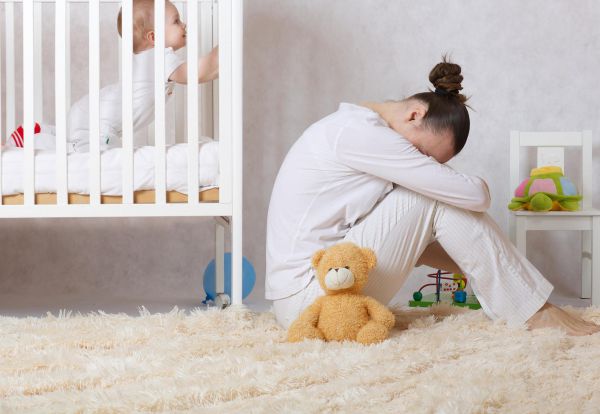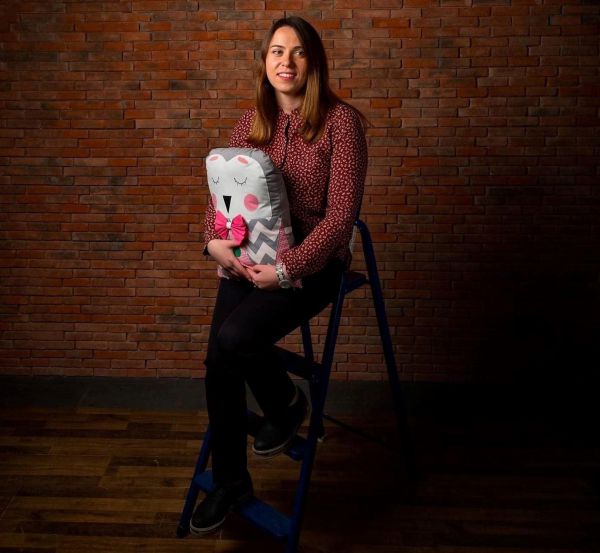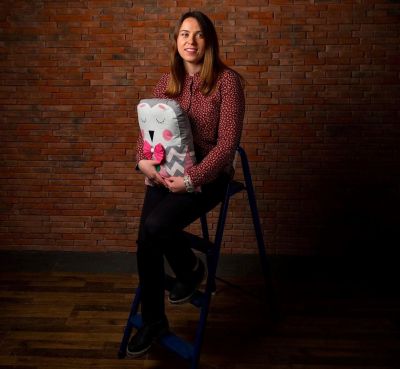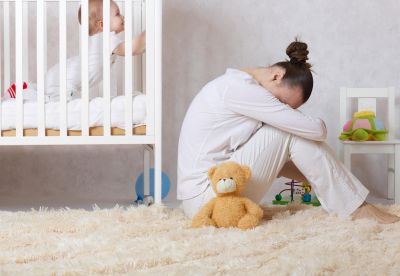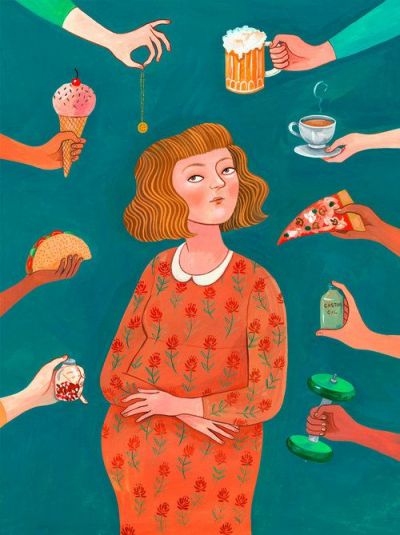7 ყველაზე გავრცელებული მითი ორსული ქალების შესახებ
ორსულობა დიდი მღელვარებისა და მოლოდინის დროა, მაგრამ ასევე შეიძლება იყოს დაბნეულობისა და დეზინფორმაციის დრო. ბევრი მითი და მცდარი წარმოდგენა არსებობს ორსულ ქალებზე და იმაზე, თუ რა უნდა გააკეთონ ...
სტატიის ავტორი:
2023-04-02
მშობიარობის შემდგომი დეპრესია: როგორ გავუმკლავდეთ მას
მშობიარობის შემდგომი დეპრესია (PPD) არის ფსიქიკური ჯანმრთელობის მდგომარეობა, რომელიც გავლენას ახდენს ბევრ ახალშობილ დედაზე. დადგენილია, რომ 7-დან 1 ქალს აქვს PPD მშობიარობიდან პირველი წლის განმა...
სტატიის ავტორი:
2023-04-02
რა ვუყიდო ბავშვს, იმისათვის რომ ჩავანაცვლოთ ტელეფონი
დღევანდელ ციფრულ ეპოქაში იშვიათი არაა ექვსი წლის ასაკის ბავშვების დანახვა ტელეფონით. მიუხედავად იმისა, რომ ტელეფონები და ტექნოლოგია შეიძლება იყოს სასარგებლო ინსტრუმენტები კომუნიკა...
სტატიის ავტორი:
2023-03-28
გაიცანით მაისუ
მაისუ შეიქმნა 2019 წელს და ბრენდის შექმნის მიზეზი იყო ჩვენი ერთ-ერთი თანადამფუძნებლის რომ შეეძიან თოუთ ბეგი და შემდეგ უკვე იმდენად დიდი მოთხოვნა წამოვიდა ჩვენი მეგობრებისგან და კითხვები თუ სად შევიძინ...
სტატიის ავტორი:
2022-03-23
ჰენდიკრაფტის წარმატების ისტორია
გაიცანით ჩვენი პარტნიორი Handicraft • ჰენდიკრაფტი, რომელიც ერთ-ერი პირველი შემოუერთდა ჰეფიქიდსის პლატფორმას
"დღეს მოგიყვებით ჰენდიკრაფტის შესახებ, რომელიც 2017 წელს დაარსდა. ჩვენ...
სტატიის ავტორი:
2022-02-25
წინ დიდი წარმატებისკენ ❤️
Visa-სა და Forbes Woman Georgia-ს ერთობლივი კონკურსის სამი ფინალისტის ვინაობა ცნობილია!
ქალი მეწარმეებისთვის გამოცხადებული კონკურსის ფარგლებში, 12 ოქტომბერს, პროექტის 10-მა საუკეთესო მონაწილემ, საკ...
სტატიის ავტორი:
2021-10-28
როგორ შევარჩიოთ ბავშვის ტანსაცმელი?
ბავშვის ტანსაცმლის შეძენაზე გადაწყვეტილების მიღება არც ისე მარტივია. გარდა იმისა, რომ სამოსი უნდა იყოს ლამაზი, მხედველობაში უნდა მივიღოთ მისი კომფორტულობა, უსაფრთხოება და ხარისხი. ასევე არ უნდა დაგვავ...
სტატიის ავტორი:
სალომე მუმლაძე
2021-01-27

